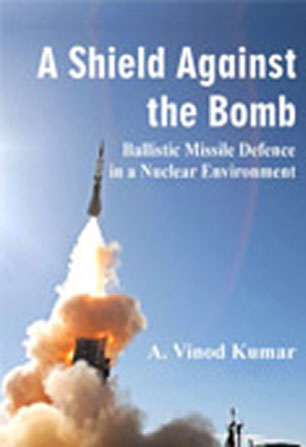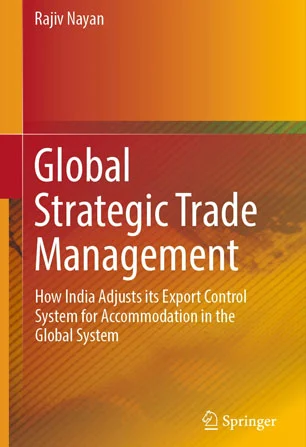Agni-III
On July 9, 2006, the long awaited Agni-III ballistic missiles test finally took place. This was the first test of this version of Agni designed with a range of 3,000 km. This missile used two-stage solid propellant. It took off successfully but failed to cover its determined course completely. Apparently, the missile developed a snag while entering into its second stage. Admitting the snag the Indian minister of defence said that it was not a major failure. Scientists are quite confident that the error will be rectified, and the missile would be ready for testing in the near future.
Danish Caricatures: Freedom of Provocation
The unprecedented worldwide protests and street demonstrations against the publication of a series of satirical cartoons by a Danish newspaper have become a topic of intense debate over the limits of free speech and what has been described as the ‘place’ of Muslims in the West. On September 30, 2005 the major Danish daily Jyllands-Posten from Aarhus printed a set of 12 caricatures depicting Prophet Mohammad, which Muslims believe is blasphemous.
Iran’s Nuclear Case and India
Unable to restrain Iran from continuing with its uranium enrichment and reprocessing activities, the International Atomic Energy Agency (IAEA), has turned to the United Nations Security Council (UNSC) for help. The IAEA, a specialised agency under the United Nations, by deciding to send to the UNSC its March 2006 report on the status of Iran’s implementation record on IAEA safeguards on its nuclear installations has indicated that the situation is serious enough to be taken up by the higher UN body responsible for international security.
Partnership in a Balance of Power System
The popular perception in India is that with the end of the Cold War and the collapse of one of the two Superpowers, the bipolar international system has become unipolar. The United States is now assumed to be an unchallenged sole Superpower. Consequently, it is felt in some quarters that the Indo-US Joint Statement of July 18, 2005 is a case of US recruiting India as one of its allies for possible future containment of China. Such a perception nurtures suspicion about the US and its motivation about its attempts to befriend India.
International Nuclear Control Regimes and India’s Participation in Civilian Nuclear Trade: Key Issues
Much of the current debate on India’s decision to evolve a set of agreements with the United States and engage the international nuclear technology control regimes in order to promote civilian nuclear cooperation unfortunately has not focused on some of the key questions involved and the available options before the country. Clearly, the country needs to take decisions from a subset of options that are i) politically feasible and ii) most desirable/least undesirable from the viewpoint of national interests.
Indo-US Nuclear Agreement and IAEA Safeguards
Nuclear transfers to a non-nuclear weapon state (NNWS) are conditioned on IAEA safeguards on all current and future peaceful nuclear activities, what are called the full-scope safeguards (FSS) or comprehensive safeguards. Since India is a NNWS according to the NPT definition, the NSG Guidelines as currently implemented would, therefore, invoke FSS if India seeks nuclear technology or nuclear power plants – even on a turnkey basis – or nuclear fuel from any NSG membercountry.
Indo-US Nuclear Deal and Non-Proliferation
Different views have been expressed by the American non-proliferation lobbyists on possible loss or gain from the Indo-US nuclear agreement. Would the agreement complicate global non-proliferation efforts as the critics argue or would it lead to a stronger front to deal with emerging non-proliferation challenges? To answer these questions it is necessary to examine the merits of the arguments put forward by the US non-proliferation lobby carefully.
Nuclear Non-Proliferation and International Security
I welcome this opportunity to present to such a distinguished audience some views on issues relating to nuclear non-proliferation and international security. At the outset, I would like to thank the Institute for Defence Studies and Analyses (IDSA) for inviting me to deliver this address. The Institute has a well deserved reputation as our premier strategic think tank and quite appropriately, they have focused on a subject that not only has a strong contemporary relevance but represents a long term challenge for India and the international community.








